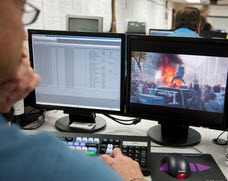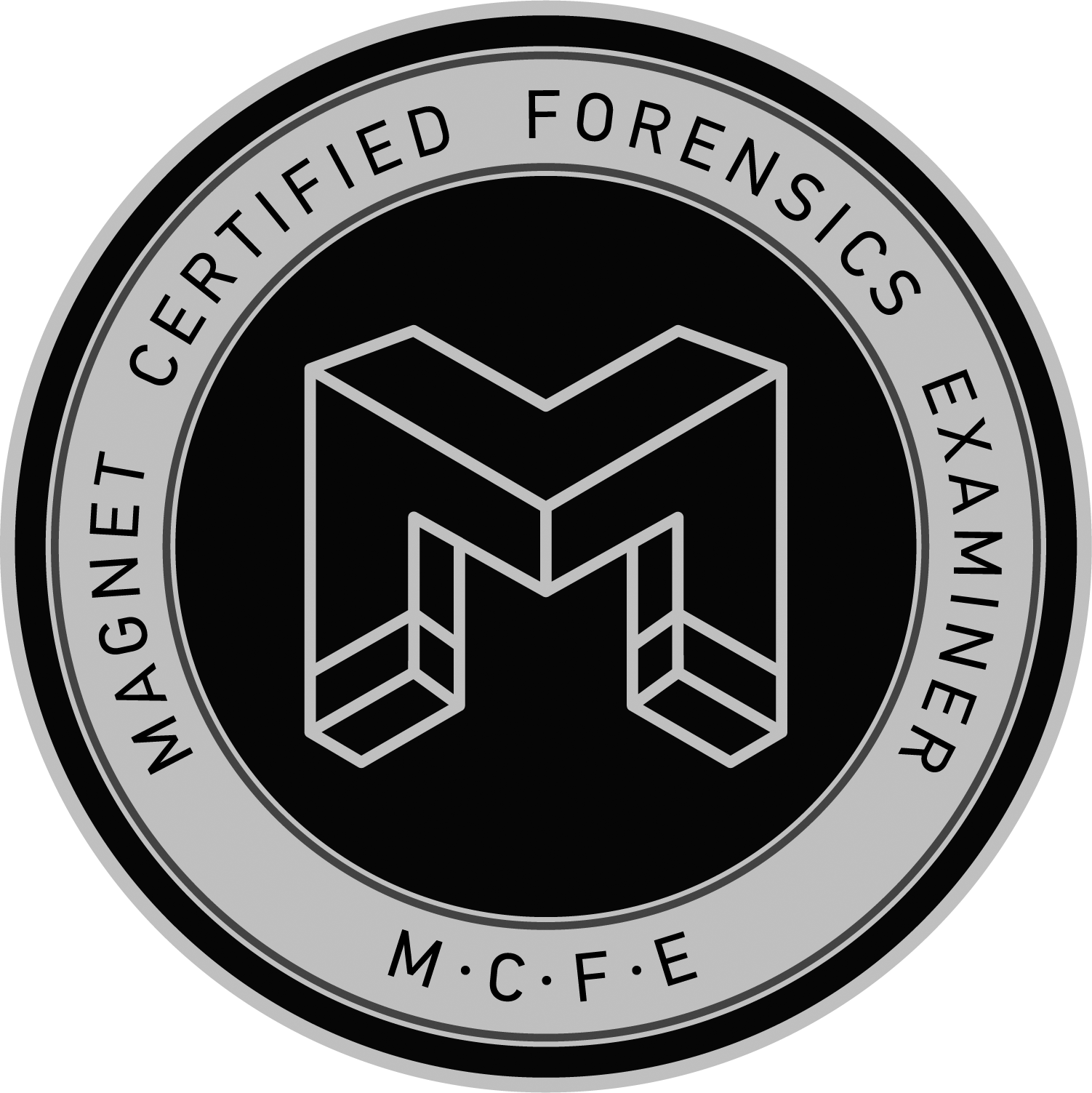Sidebar
Sometimes I may put stuff here. You should look once in a while.
Turns out, a-holes exist all around the world. They work in government. Military. Law Enforcement. Fast food. Grocery stores. That's a weird word, grocery. Who says that shit? Anyway...
In all seriousness, you can be an ass. Me too. Sorry. I love everybody. Always have. Always will.
Maybe shout at me on YouTube's Anti-social network.
Previous Donors

Free DME & DFIR Resources
There is more Digital & Multimedia Evidence (DME) than any other type of evidence today.
Through my own efforts, at my own expense, on my own time,
I've expedited tens of thousands of criminal investigations. Learn more
Latest podcast release...
 #ARTIST. #WARRIOR. #PHILOSOPHER. (Originally shared 5+ years ago)
#ARTIST. #WARRIOR. #PHILOSOPHER. (Originally shared 5+ years ago)
I'm thinking maybe it's time to work on the last one, in this next chapter. Maybe while doing more of the first one, again.
Whatever tomorrow brings, I'm pretty excited for it. All I can tell you at this point though is it will be:
- #Different.
- #Challenging.
- #Rewarding.
I can also tell you that I'll literally change lives for the better, as I have always tried to do. Yesterday, another 2 confirmed ills.

"CONFIRMED ILLS":
That's what I've taken to calling them. People who can't see any light anymore, even if just in that moment. When I know for certain I've turned their day around, that's a confirmed "illness" cured, if only for the moment.
Zero so far today, but I have many miles to go and a long time before I sleep. It'll happen, at least once. How do I know?
Because that's the story of my life, my friends.😎 All the best!
They all suck. Nope, not GTE...they wanted me to teach all troops in ALL SERVICES the new digital stuff they just taught me, as I helped them learn a few things in class. Nothing major but hear me out...then LOOK IT UP. Thanks, you've been very helpful.
We're good for it. Kenny doesn't even eat much. Never mind, we'll make ourselves useful somewhere. They'll feed us.
Listen, I know you're busy, but sometime when you're not lying about how amazing you are you could listen to something that makes you smile...remembering just how much of a freakin' dumb ass you are, maybe.
Doesn't have to be us, but we're going to keep pointing it out. Don't want to listen to our podcast? Fine.
Read our YouTube Anti-social posts. Share them with other idiots like you. Get at least twelve together, pack them in a Ryder truck with masks & weapons.
Tell them to meet me any-fcuking-where, any-fcuking time. Cheers, cowboys!🤠
You asked for it. You got it. Also available on my YouTube channel. Maybe I'll put it out on my podcast. Kenny & I haven't discussed it yet. We just recorded these.
ICE, ICE BABY (Sue me, Vanilla)
I don't know if you've ever seen Kenny wrestle, but bring it on beyotches. Click the heading text above to view a super secret video on YouTube.
Kenny's Lightsaber
Size doesn't matter, my friends. Bet. I currently have a dozen lightsabers, Kenny has four.
We're building up our collection before we make our next move.
 DME Resources
DME Resources

